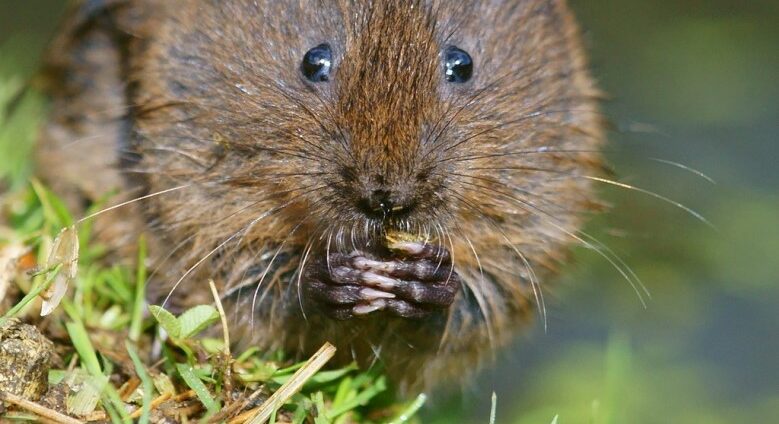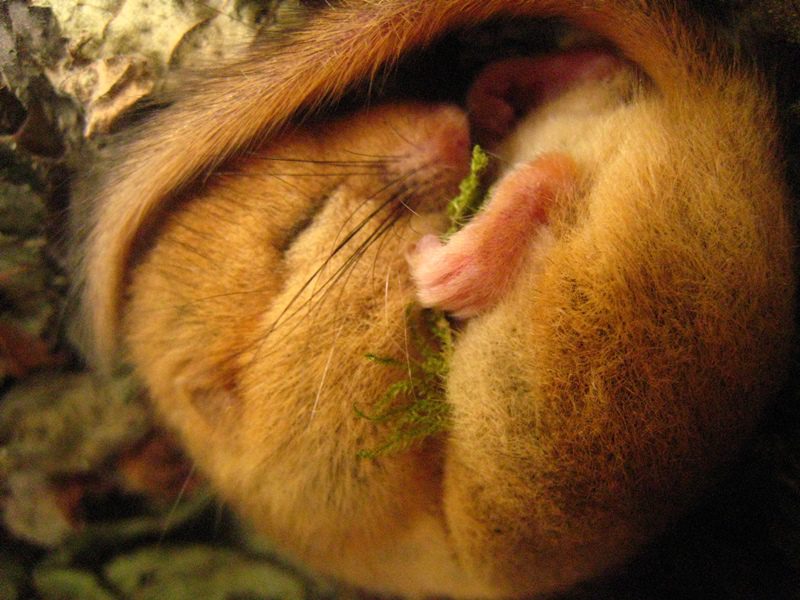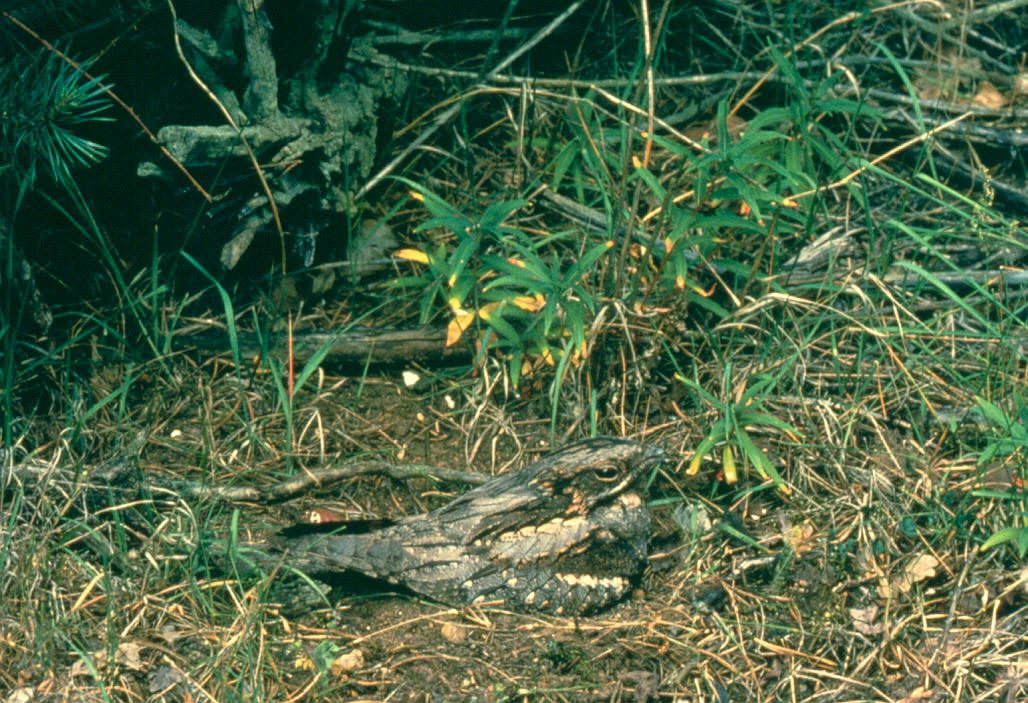Key Species
Water vole
Immortalised as Ratty in The Wind in the Willows, this well-loved and once common mammal has suffered a massive decline in numbers in recent years. This has been due to habitat loss and predation by American mink, among other factors. It now has full legal protection in the UK, as does it’s habitat. The Stour Valley is thought to be a major stronghold for water vole, with an important population on the Lower Stour Marshes.
You can download our guide to managing land for water voles: Water Voles; a guide for Landowners in the Lower Stour Valley
More information – Mammal Society website
Hazel dormouse
This elusive, largely tree-dwelling mammal is protected by national and international law. In the UK it declined over a long period of time and has now disappeared from at least half its former range. It is now mainly restricted to the south of England and South Wales, with small populations in other areas. The ancient woodlands of the Stour Valley are a stronghold for this species – it is thought most woodlands of any size will support them. It can also be found in hedgerows and even conifer plantations. KSCP work with landowners to manage woodland and monitor populations.
Relevant KSCP project:
Savannah Wood
Willesborough Dykes Dormouse Project
More information – Mammal Society website
Barn owl
The barn owl or ‘ghost owl’ is a well-known and much-loved bird. It has undergone past declines in the UK, probably due to the presence of pesticides in the environment, but it is thought numbers have recovered in recent years. In the Stour Valley, it is particularly associated with river corridors and wetlands but can be seen in other habitats. They need open, rough grassland, where they hunt their favoured prey – voles and mice – and nesting places in barns, lofts, hollow trees or purpose-built nest boxes.
You can download our guide to managing land for barn owls: Barn Owls; how can you help them?
More information – RSPB website
Nightjar
This strange and elusive bird is a rare summer visitor, protected by UK law and on the Red List of birds of conservation concern. It is nocturnal, hunting moths, flies and beetles. This, combined with exceptional camouflage, make it a difficult species to see in the wild, more often the churring of males is the indicator of their presence. They have suffered massive declines as their heathland habitats have been lost. In the Stour Valley, they still inhabit young conifer plantations and open areas in large woodlands. KSCP have worked with the Forestry Commission to improve habitat for this species.
More information – RSPB website
Great crested newt
Protected by international law, this amphibian is so important, it is illegal to even handle one without a special license. Like all amphibians, it breeds in ponds in spring, but spends most of the year as a terrestrial animal, hunting invertebrates in tussocky grassland, hedgerows and woodland. There are many ponds of the Stour Valley with great crested newt populations. KSCP work with landowners to create new ponds as well as conserve existing ones.
Relevant KSCP project:
King’s Wood Ponds
More information – Froglife website
Heath fritillary
This is one of Britain’s rarest butterflies. Also known as the ‘Woodsman’s Follower’, it usually lives in clearings in heathy woodlands and requires active management of woodland to thrive, but in some counties can also be found in heathland where its larval food plant, common cow-wheat, is present. It is fully protected by law in this country. The Blean Woods near Canterbury are one of the most important areas in the country for this species. Conservation work in recent years, in which KSCP has been involved, has greatly increased populations in the Blean.
More information – Butterfly Conservation website
White-clawed Crayfish
This is the UK’s only native crayfish. Unfortunately it has seen substantial declines, due to being pushed out by the larger, non-native North American signal crayfish, which out-competes it and also spreads a fatal disease. The white-clawed crayfish is now classified as endangered on the IUCN Red List. It inhabits small, clear streams, particularly chalk streams, and is present in some stretches of river in the Stour Valley, where KSCP have undertaken in-river works to improve habitats for it.
More information – Buglife ‘crayfish hub’ website








